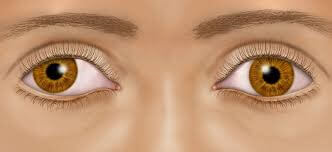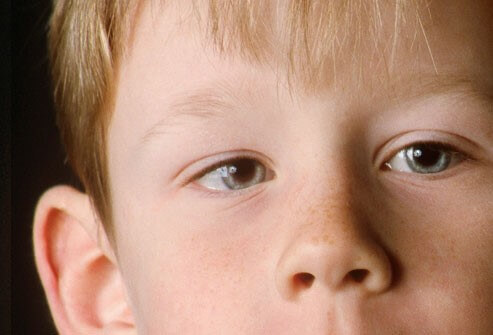Lazy Eye Causes, Symptoms, and Treatment
Looking Glass Optical understands that as parents, we want the very best for our children. We are concerned about their health and development and want to provide the very best care possible. Amblyopia or Lazy Eye is a neurological condition that develops due to an abnormal visual experience early in life and is not due to any eye disease. Therefore, what are lazy eye causes, symptoms, and treatments available?
Causes for Lazy Eye
What happens is that some outside factor works to change the nerve pathways between a thin layer of tissue (retina) at the back of the eye and the brain. The result is a weak eye that receives fewer visual signals than the stronger eye. Over time it may cause blurred or lost vision because the condition suppresses the ability for the eyes to work together. This causes the brain to ignore input from the weaker eye, hence resulting in the blurred or lost vision. Any influence that causes blurred vision or causes the eyes to cross or turn out may lead to lazy eye.
Strabismus
 Caused by a muscle imbalance, Strabismus is the most common cause of lazy eye. The imbalance causes the eyes to cross in or turn out, therefore preventing the eyes from coordinating and tracking together.
Caused by a muscle imbalance, Strabismus is the most common cause of lazy eye. The imbalance causes the eyes to cross in or turn out, therefore preventing the eyes from coordinating and tracking together.
Anisometropia
A condition where the eyes have different refractive power. For example, a significant variance in the eyes’ prescriptions whether nearsighted or farsighted or astigmatism can result in lazy eye. In some children, a combination of strabismus and anisometropia will cause the condition.
Deprivation
An issue such as a cataract, blocked tear duct, lid droop (ptosis), or trauma that creates a cloudy area in the lens of the eye can deprive a child of clear vision in that eye. Deprivation in infants requires immediate treatment to prevent permanent vision loss. Deprivation causes the most severe form of lazy eye.
Other Causes
There are less common causes of lazy eye such as congenital disorders and Vitamin A deficiency. While they seem uncommon, they are noteworthy.
Signs and Symptoms of Lazy Eye
If you notice any of the following issues with your, or your child’s eyes, contact your eye doctor to schedule a comprehensive exam right away.

- An eye that wanders inward or outward
- Eyes that seem not to work together
- Poor depth perception
- Squinting or shutting one eye
- Head tilting
- Abnormal results of vision screening tests
We recommend a complete eye exam for all children between ages 3 and 5. However, if you notice your child’s eye wandering at any time after the first few weeks of life, consult your pediatrician.
Treatment for Lazy Eye
Remember, it is important to understand that Lazy Eye is a neurological condition. It cannot be cured through LASIK surgery or wearing glasses. It can, however, be addressed through treatments such as Vision Therapy. Neuroscience reports that the human brain can change at any age (neuroplasticity). Therefore, treatment is effective at any age, although, early detection and treatment may result in the best chances for a sure.
If you notice any issues with your child’s eyes, contact Looking Glass Optical right away. We have a dedicated team available to address any concerns. We can offer you the best eye exam and services in the area. Contact us today to schedule an appointment.
Share
